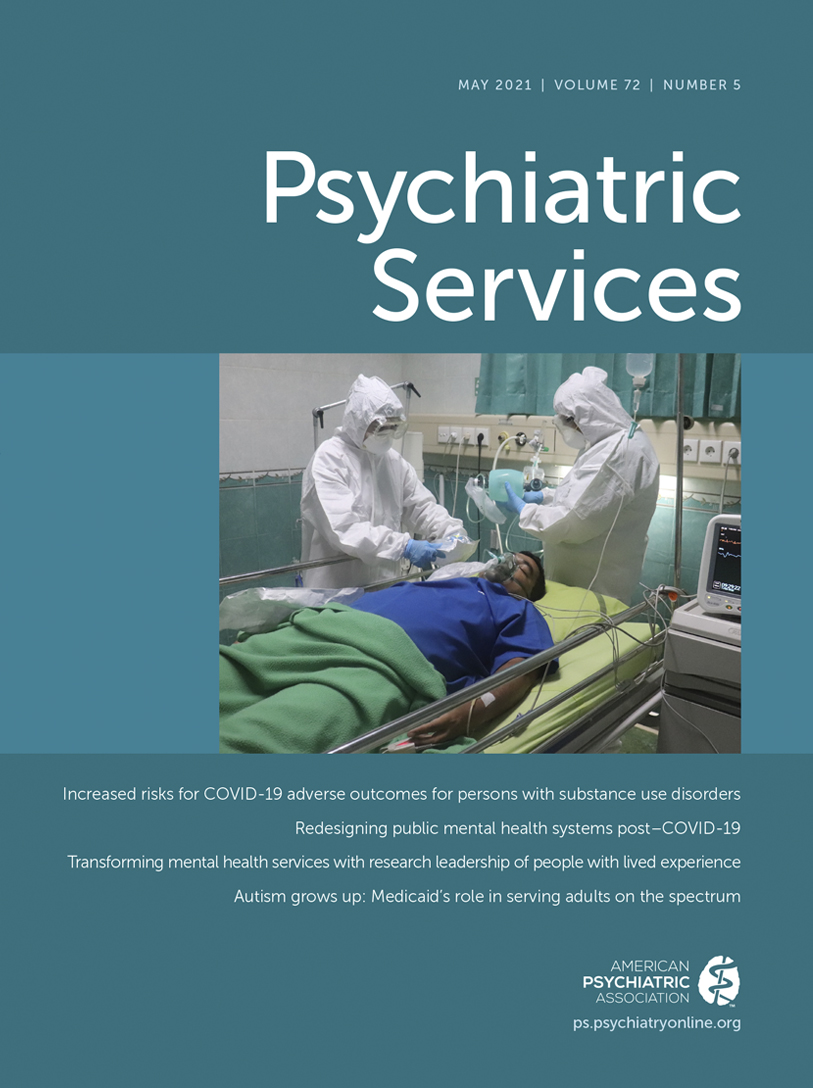Racial-Ethnic Differences in Mental Health Stigma and Changes Over the Course of a Statewide Campaign
Abstract
Objective:
The authors examined whether shifts in mental health–related stigma differed across racial-ethnic groups over the course of a California statewide antistigma campaign and whether racial-ethnic disparities were present at the beginning of the campaign and 1 year later.
Methods:
Participants had taken part in the 2013 and 2014 California Statewide Surveys (CASSs), a longitudinal, random-digit-dialing telephone survey of California adults ages ≥18 years (N=1,285). Surveys were administered in English, Spanish, Mandarin, Cantonese, Vietnamese, Khmer, and Hmong.
Results:
Compared with Whites, Latino and Asian respondents who preferred to take the survey in their native language had higher levels of mental health–related stigma on several domains of the 2013 CASS. Specifically, Latino and Asian respondents who completed the survey in their native language were more likely than White respondents to report social distance, prejudice, and perceptions of dangerousness toward people with mental illness. These racial-ethnic disparities persisted 1 year later on the 2014 CASS. Latino-Spanish respondents experienced significant decreases in social distance over the course of the campaign but not to a degree that eliminated disparities on the 2014 CASS. Of note, perceptions of dangerousness of people with mental illness significantly increased among Latino-Spanish respondents between the 2013 and 2014 CASSs.
Conclusions:
Future research is needed to better understand which components of antistigma campaigns are effective across racial-ethnic minority groups and whether more targeted efforts are needed, especially in light of the persistent and growing racial-ethnic disparities in mental health care.



